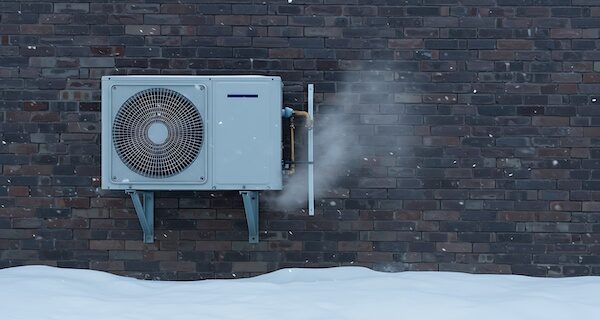What Facility Managers Would Do With an Unlimited Budget
From giving all staff members a significant raise to replacing their facility’s entire hvac system, respondents had a plethora of ideas on what they would use the money for. Companies in nearly every industry are in the midst of budgeting season, and facility managers are putting together their wish list of projects that they hope…







